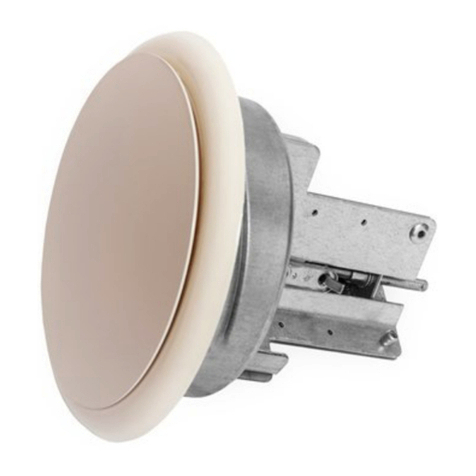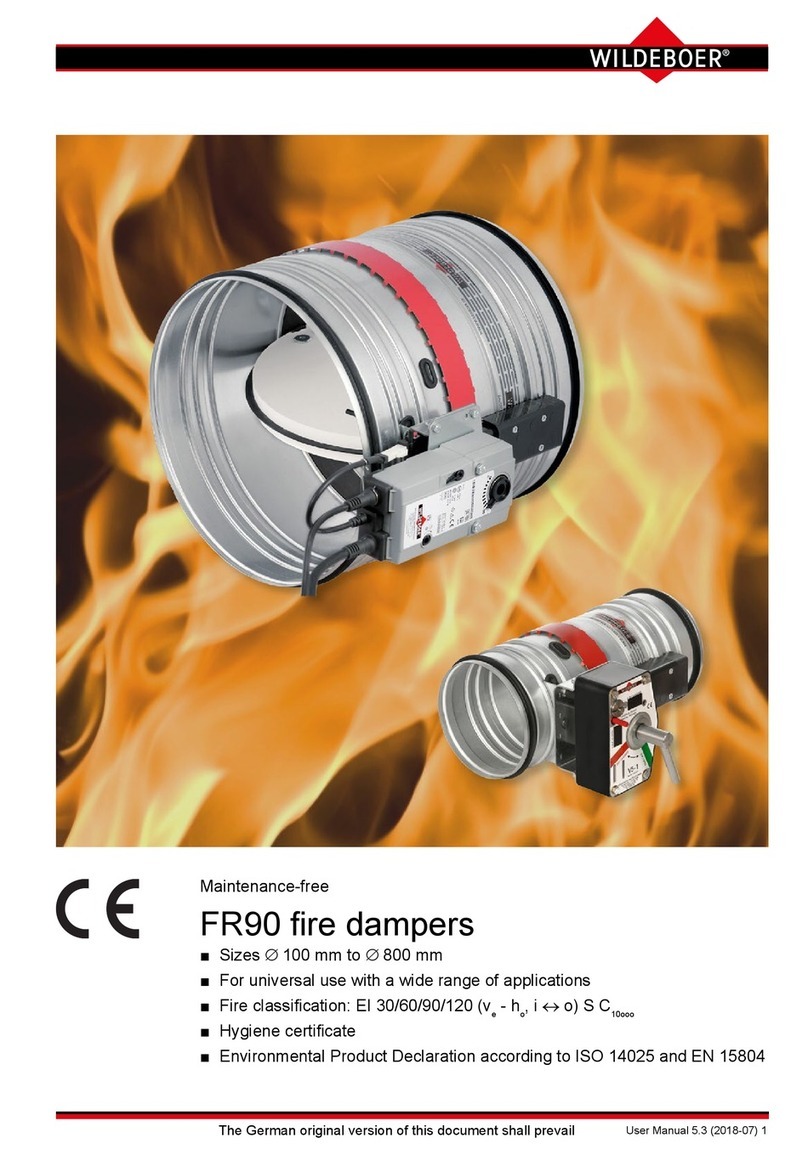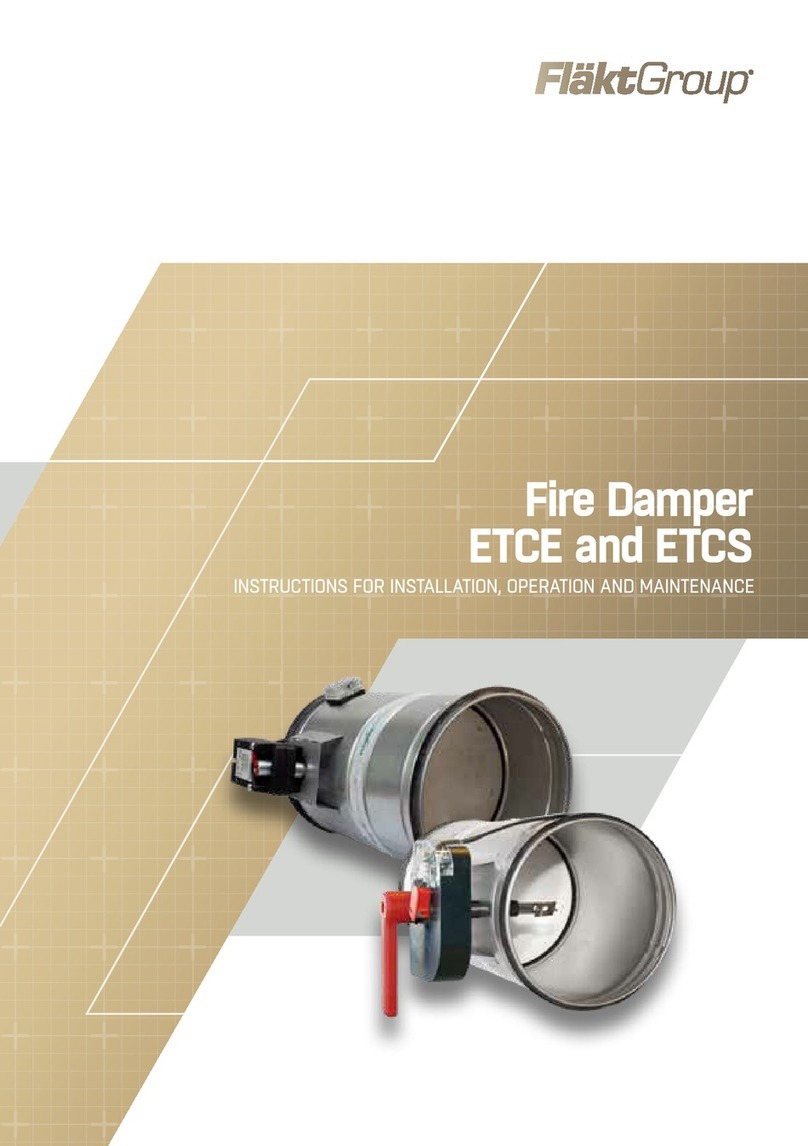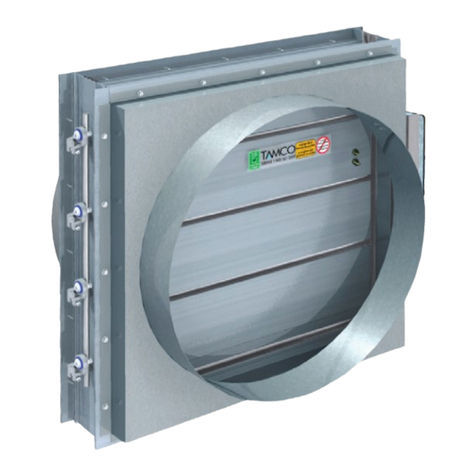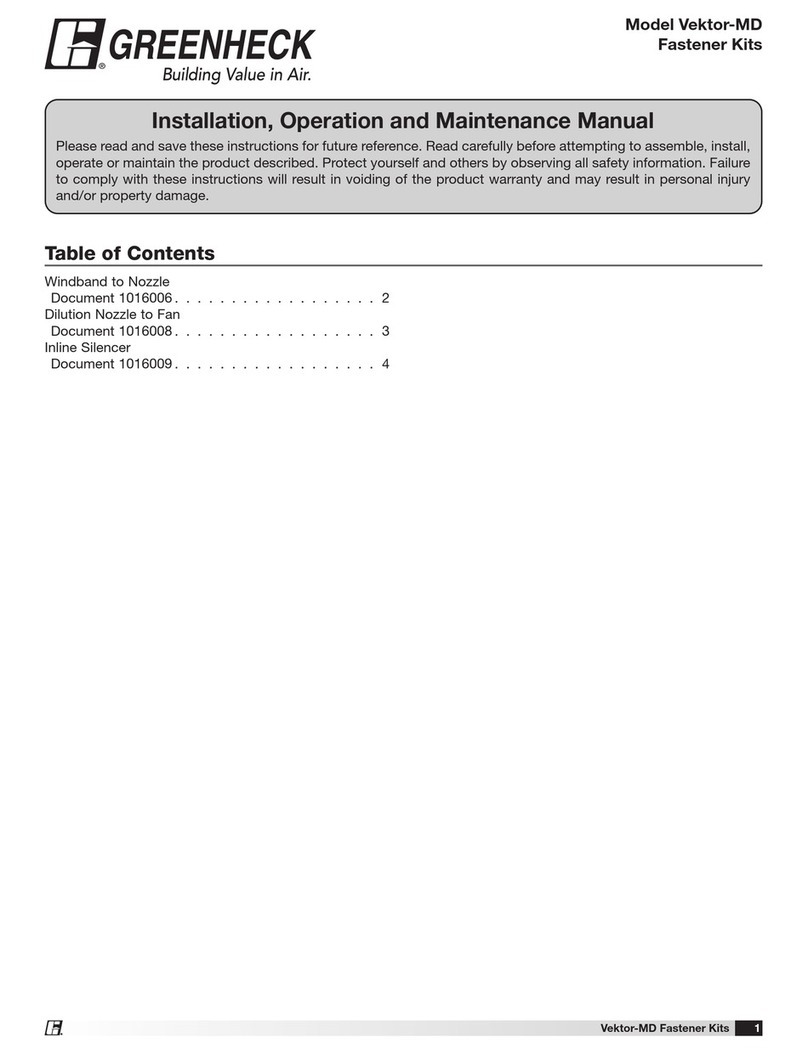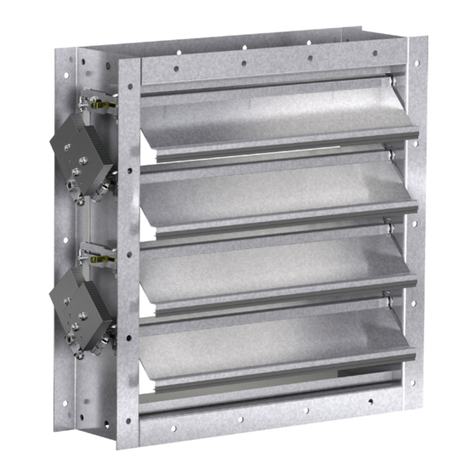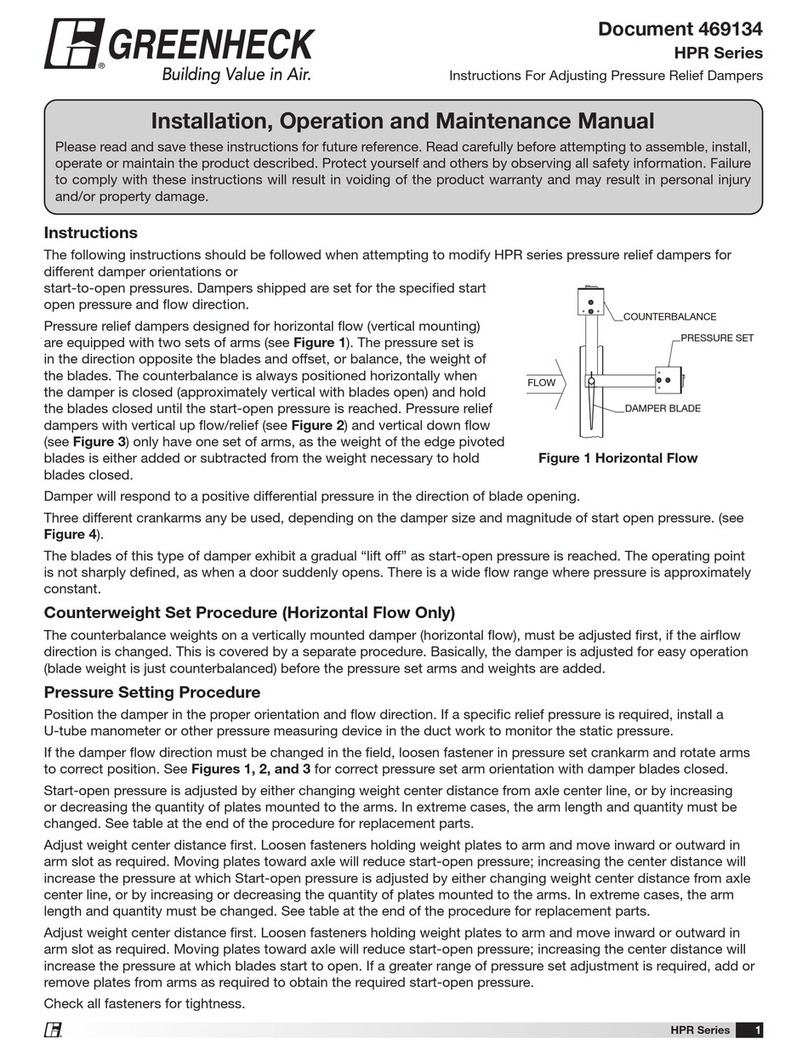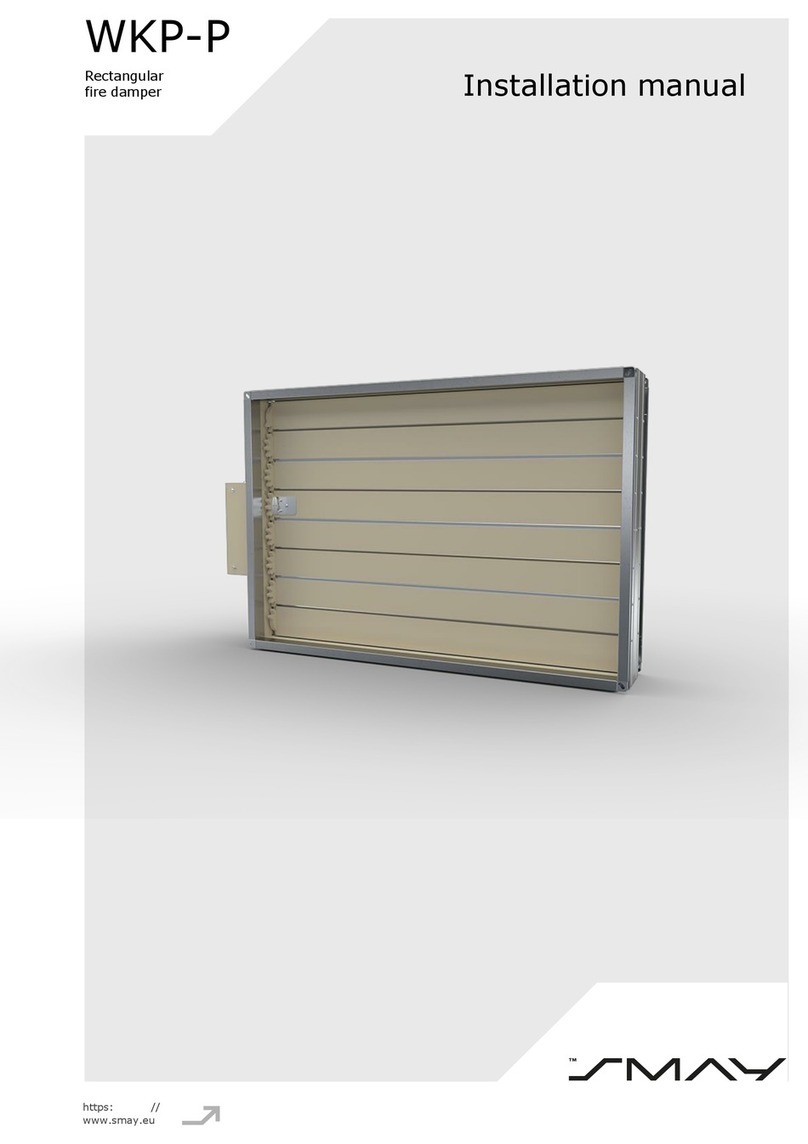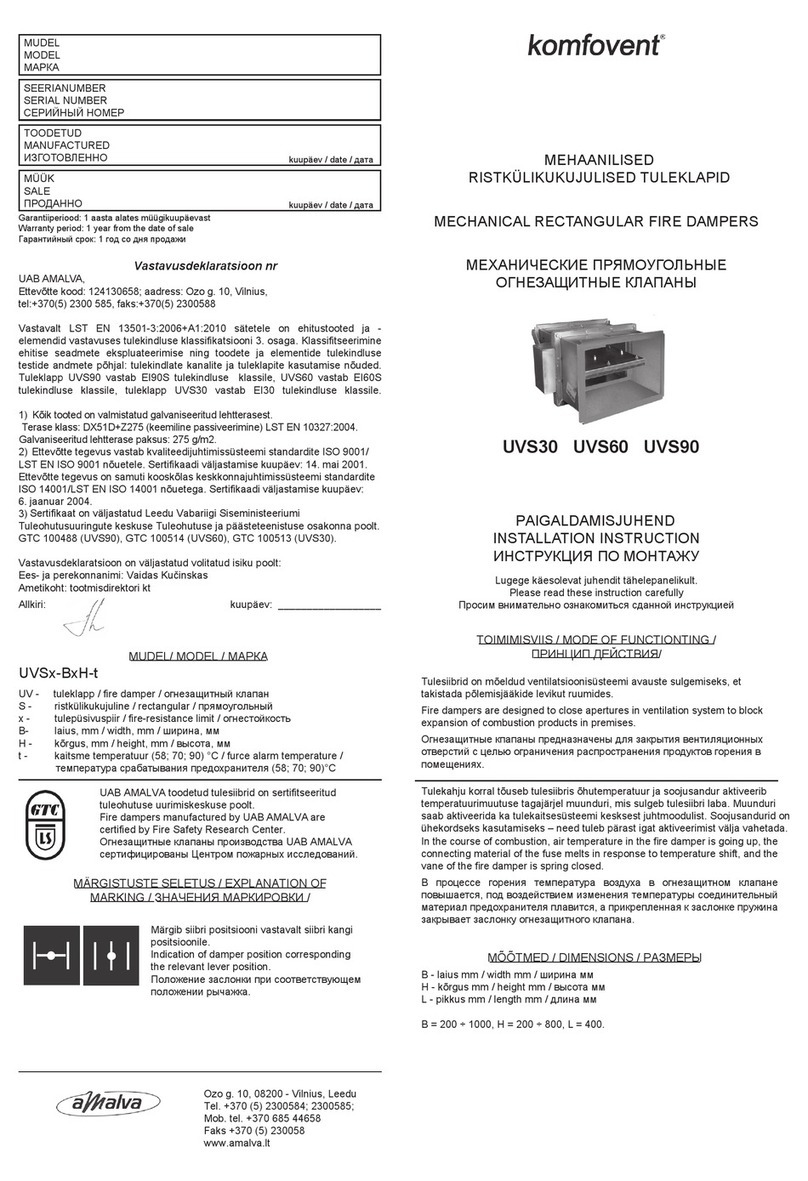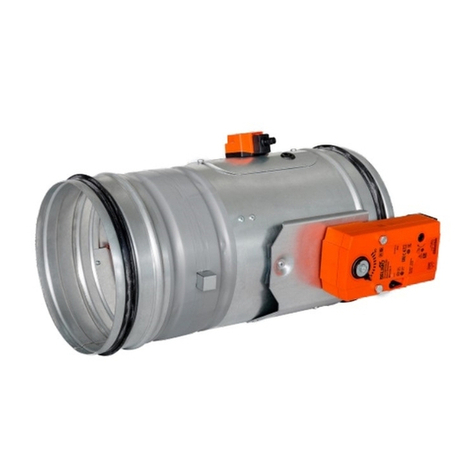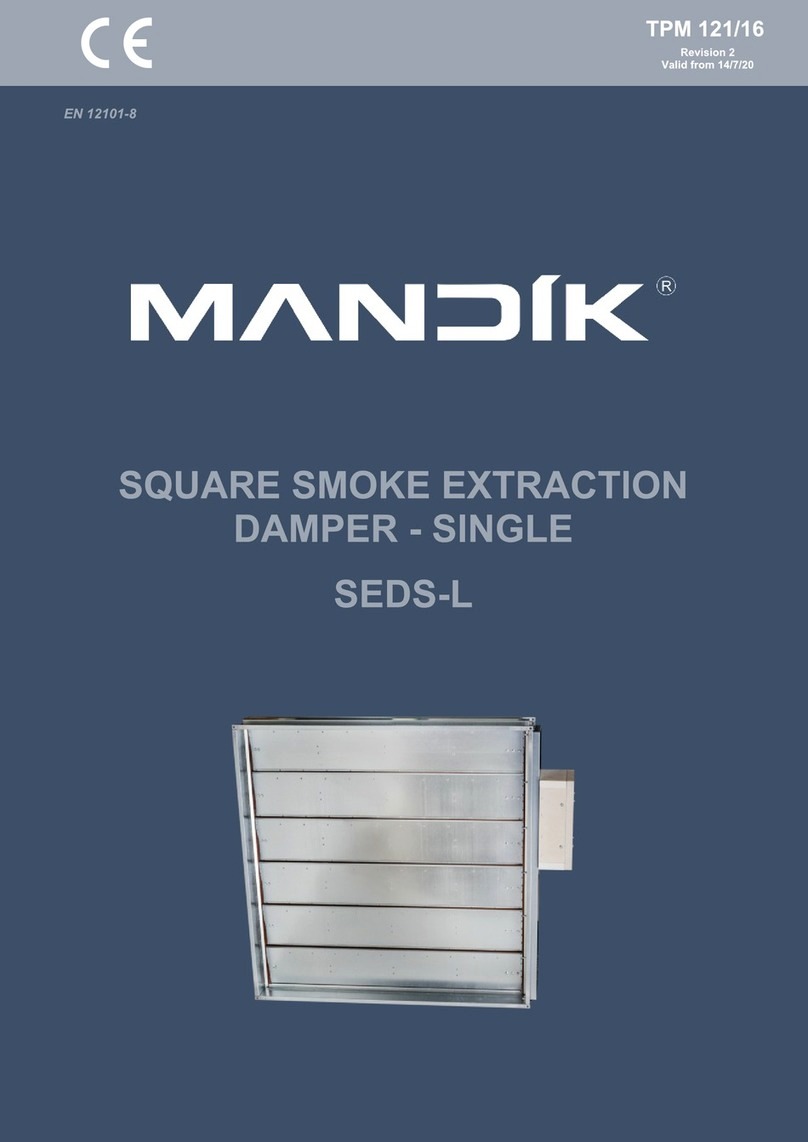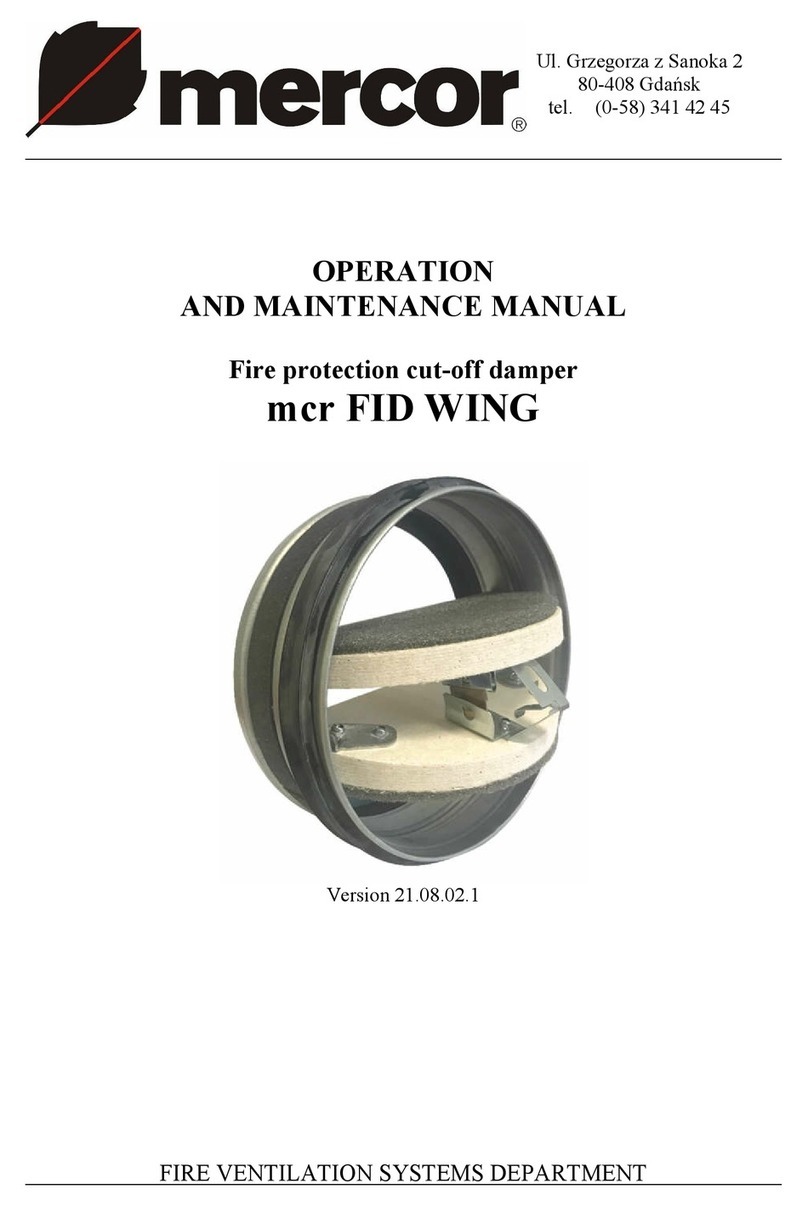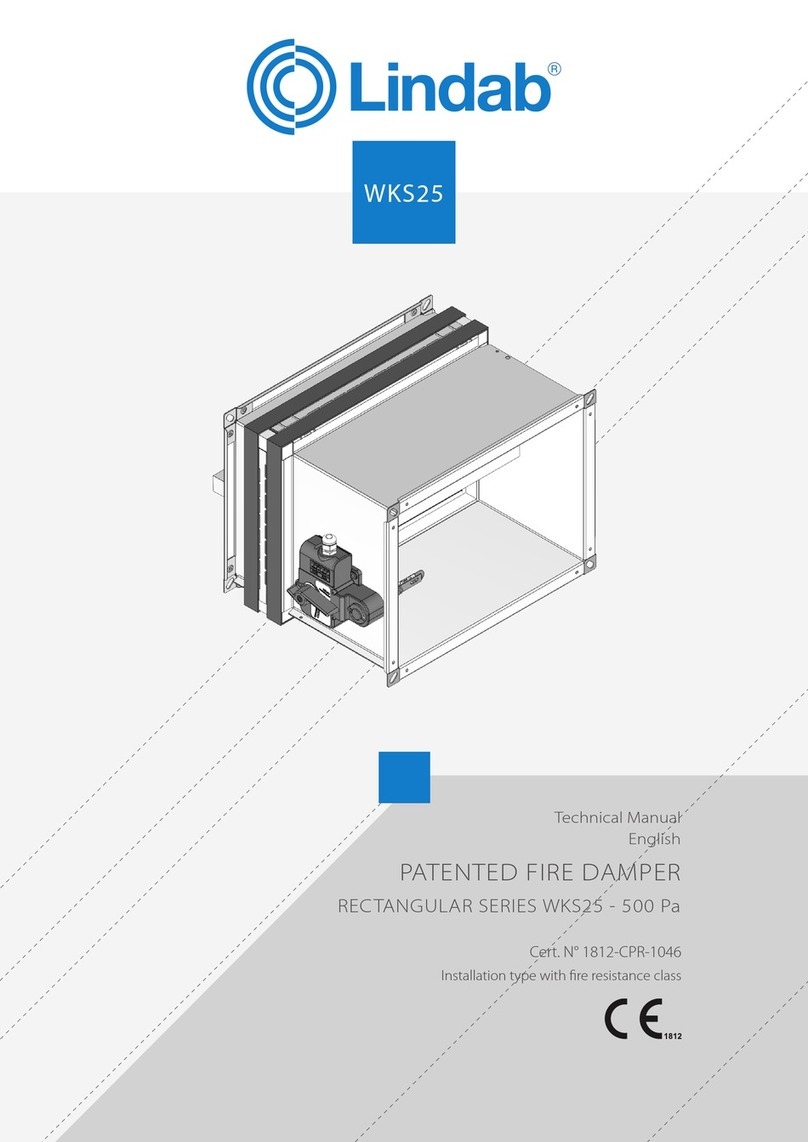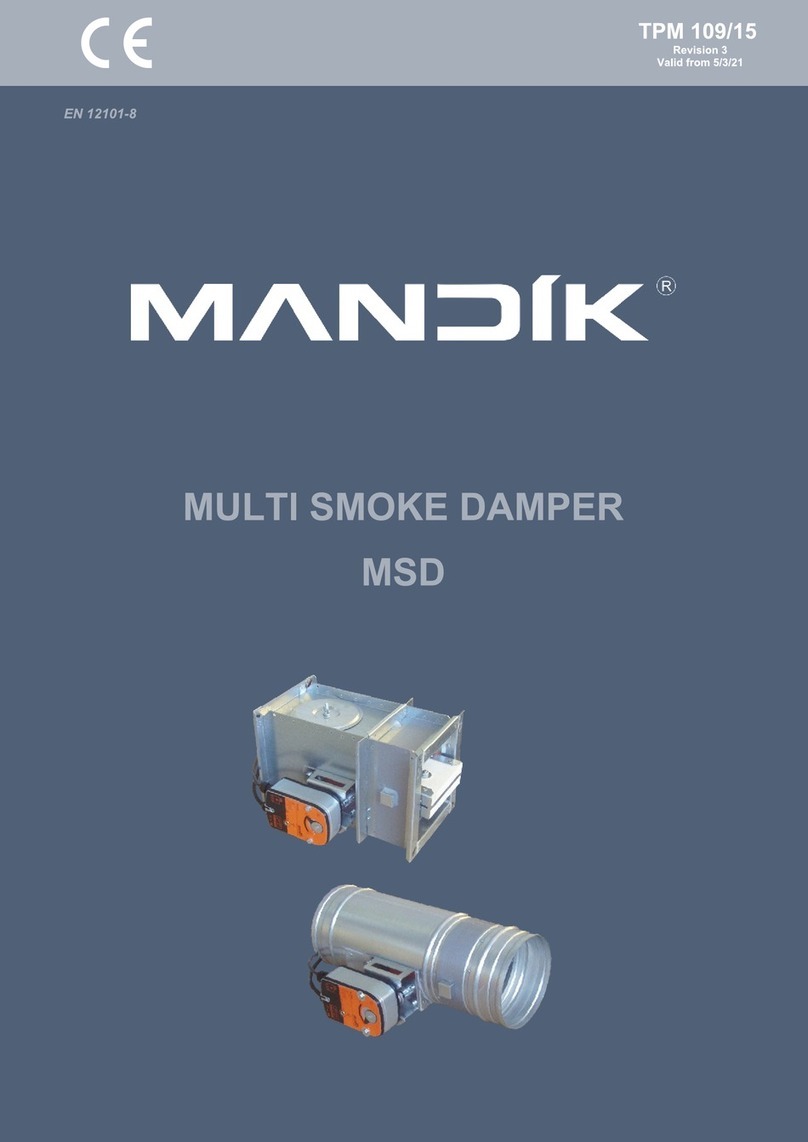Page 1/ 23
TABLE OF CONTENT
1. INTRODUCTION ......................................................................................... 3
2. SUBJECT .............................................................................................. 3
3. DEVICE INTENDED USE .................................................................................. 3
3.1 APPLICATION ....................................................................................... 3
3.2 FIRE RESISTANCE ................................................................................... 3
3.3 EXECUTION VERSIONS ................................................................................ 3
3.4 DIMENSION TYPE SERIES ............................................................................. 4
4. DESIGN AND OPERATING PRINCIPLE ....................................................................... 4
4.1 DESIGN ............................................................................................ 4
4.2 FUNCTION .......................................................................................... 4
4.3 TRIGGER CONTROL GEARS ............................................................................. 5
4.4 BASIC DIMENSIONS .................................................................................. 6
5. DEVICE IDENTIFICATION ................................................................................ 6
6. DEVICE ASSEMBLY ...................................................................................... 6
6.1 PRE-ASSEMBLY INSPECTION ........................................................................... 7
6.2 INSTALLATION OPENING .............................................................................. 7
6.3 EMBEDDING / FIXING THE DAMPER ..................................................................... 7
6.3.01 INSTALLATION OF DAMPER IN PANEL WALLS ........................................................ 8
6.3.02 INSTALLATION OF DAMPER IN SOLID WALLS ........................................................ 8
6.3.03 INSTALLATION OF DAMPER IN RIGID FLOOR –ABOVE THE RIGID FLOOR ................................ 9
6.3.04 INSTALLATION OF DAMPER IN RIGID FLOOR –BELOW THE RIGID FLOOR ................................ 9
6.3.05 INSTALLATION OF THE DAMPER ON HORISONTAL DUCTS ............................................... 9
6.3.06 INSTALLATION OF THE DAMPER ON VERTICAL DUCTS ................................................ 10
6.3.07 INSTALLATION OF THE DAMPER ON VERTICAL DUCTS 2 .............................................. 10
6.3.08 CONNECTION OF A MULTI-ZONE FIREPROOF DUCT, E.G. MADE OF FIRE RATED BOARDS................... 11
6.3.09 CONNECTION OF A SINGLE COMPARTMENT FIREPROOF DUCT, E.G. MADE OF METAL SHEETS................ 11
6.3.10 INSPECTION ACCESS ........................................................................... 12
6.3.11 RB CONNECTION SUBFRAME ...................................................................... 12
6.3.12 MWB SYSTEM GRILLE ........................................................................... 13
6.3.13 INTRODUCTION OF ELECTRIC CABLES FOR ELECTRIC POWER SUPPLY OF THE ACTUATOR................... 14
6.4 ACTUATORS ........................................................................................ 14
6.4.01 TYPES OF ELECTRIC ACTUATORS ................................................................. 14
6.4.02 TECHNICAL SPECIFICATIONS OF ELECTICAL ACTUATORS ............................................. 14
6.6.01 CONNECTION DIAGRAMS OF ELECTRICAL ACTUATORS ................................................. 17
6.7 RST/KW1 TRIGGER CONTROL GEAR ..................................................................... 19
6.8 INDEPENDENT LIMIT SWITCHES –RST VERSION......................................................... 21
6.8.01 TECHNICAL SPECIFICATIONS OF THE WK1 AND WK2 LIMIT SWITCHES .................................. 21
6.8.02 ELECTRICAL CONNECTIONS DIAGRAM OF WK1 AND WK2 LIMIT SWITCHES ................................ 21
7. TRANSPORT AND STORAGE CONDITIONS .................................................................... 21
8. MAINTENANCE AND SERVICING ........................................................................... 21
9. WARRANTY TERMS AND CONDITIONS ....................................................................... 22
